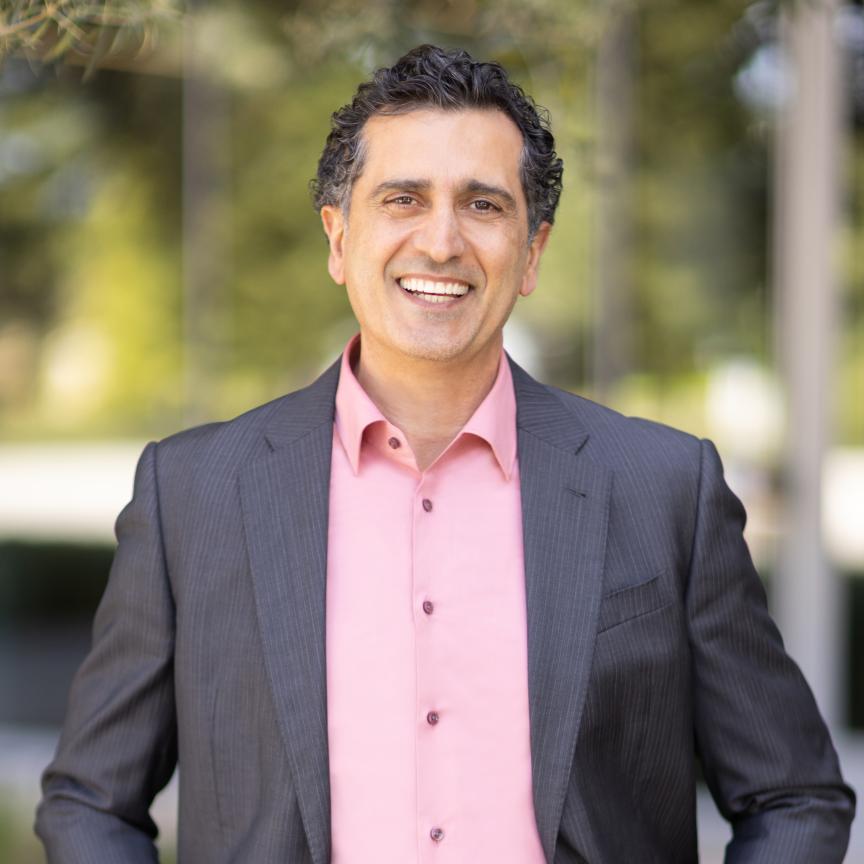A multimodal imaging system for non-invasive breast cancer diagnostics, super resolution 3D imaging technology, and research in Laser Speckle Imaging (LSI) for studying blood flow patterns in the kidney were some of the recipients of Edmund Optics’ 2015 Educational Award.
The award is given in recognition of outstanding undergraduate and graduate optics programmes at non-profit colleges and universities. More than $85,000 USD in Edmund Optics (EO) products was awarded to winners in the Americas, Asia, and Europe, in support of their research.
In Asia, the Gold award of $10,000 USD in EO products was awarded to Dr Masahito Yamanaka of Nagoya University, in Japan, for the development of a super resolution 3D imaging system. The device uses the high brightness of rare earth metals and nanoparticles along with highly nonlinear optical emissions to image deep inside biological samples. The system produces low signal-to-noise fluorescence images.
Jarred Swalwell and his team at the University of Washington won the Gold award for the Americas for developing flow cytometers for marine research, while Ecole Polytechnique Fédérale de Lausanne, of Switzerland, won the Europe Gold award for research focusing on the dynamics of collapsing cavitation bubbles for applications such as needle-free injections, microfluidic pumps, new printing technologies, and transportation.
The Americas Silver award of $7,500 in EO products went to Temple University submitted by Vira Oleksyuk for non-invasive breast cancer diagnostics using a multimodal imaging system. The system combines tactile and hyperspectral capabilities to discern malignant and benign tumours.
Dr Dasol Lee of Pohang University of Science and Technology in South Korea was given the Asia Silver award of $5,000 USD for research into the development of an optical microscope with a resolution less than the diffraction limit. The device is based on a hyperlens made of metamaterial.
Dmtiry Postnov and his team at the University of Copenhagen in Denmark received the Europe Bronze award of €3,000 in EO products for research in Laser Speckle Imaging (LSI). The technique was developed for studying renal, brain, and retinal blood flow. Postnov is developing a device that could be installed and configured by medical researchers at a lower cost than commercial LSI systems.
Other winners included: Michael Stahl at Schepens Eye Research Institute for the development of a device using structured light to sense hazards for the visually impaired; Peter Bakker and his team from Eindhoven University of Technology in the Netherlands for research on the topic of internal combustion engines; and Professor John Canning of the University of Sydney in Australia for the development of a smartphone spectrometer.
‘We continue to be extremely impressed by the ingenious use of optics in these highly technical, life-changing applications,’ commented Kirsten Bjork-Jones, director of global marketing communications at Edmund Optics. ‘It is very satisfying to help support cutting-edge research and recognise the researchers dedicated to furthering optical innovation.’
The EO Educational Award Team evaluated more than 800 applications to select 45 global finalists with applications ranging from creating a vision system for the early detection of forest fires and the advancement of optical techniques to investigate alternative energy sources, to discovering new non-invasive methods for pneumothorax diagnosis in premature babies.
Further information:

